An Eggshell-based Plastic Reduction Solution Naturally Raises A Lot of Questions…
The idea of using eggshells to reduce plastic and acheieve serious carbon reduction is new for many people. Accordingly, we’ve received a lot of questions about eco-shell™, particularly as plastic reduction mandates approach and brands are scrambling to meet these requirements as quickly and as affordably as possible. We’ve also received a number of inquiries from green-leaning brands who are not satisfied by the ultimate carbon reduction or other limitations of plant based plastics and who are looking for better solutions. Still more questions come in regarding Spark Sourcing and just who in the heck we are.
Many of the questions could be of interest to the larger discussion of plastic reduction and a circular economy for plastics, so we’ve collected them and have provided answers (below) to the top questions about eco-shell. Please reach out with any other questions you may have – our team is standing by! But just know this from the get-go…eco-shell is no yolk.
Where do you get your eggshells?
Our office has a very busy chicken! Kidding of course. We partner with local farmers (helping to clean up an agricultural waste) as well as egg producers who service the food industry – they take the yolks and we use the shells. We also find independent partners who only need the proteins of the egg, while we help them by collecting the eggshell waste.
Will supply be threatened if political tensions escalate between Taiwan and China?
While our eggshell production comes primarily from Taiwan, we have facilities in China and Thailand as well, where we can scale up as needed. If it ever becomes an issue getting goods out of Taiwan, we will be able to shift to our other facilities and provide uninterrupted supply.
Can people be allergic to products made with eco-shell?
Absolutely not. In our patented 7-step process, the shells will go through such intense heating that any proteins left on the shell will be completely burned off. It will not be possible for anything that could cause an allergic reaction to survive.
Is eco-shell simply crushed up eggshells?
In the way the Model T Ford and a Tesla are both cars, sure. Basic eggshell powder is used as a coarse filler for cement and other applications. However, having not gone through our 7-step patented process, crushed eggshells cannot be used as a plastic reducer as the properties do not allow for decent bonding with the polymer chains. Our eco-shell, though, can reduce plastic up to 50%, owing to its porous nature and greater bonds with the plastic polymers. Eco-shell can also create antibacterial products with high FIR emissivity.
Will a product made with 25-30% eco-shell satisfy plastic reduction mandates?
Yes. Because we have certification as a carbon and plastic reducer, brands and manufacturers can simply incorporate 25-30% of our resin into their current manufacturing process to satisfy reduction mandates.
Are products made with eco-shell recyclable?
Yes. Eco-shell has received the EN 13430 certificate for recyclability. Facilities using a more modern laser separation technique will have zero issues sorting our material.
Being patented and certified, eco-shell is probably expensive, right?
Nope. Our prices are right in line with virgin plastics, meaning companies can create an eco-friendly product without destroying their margins (like PLA and bioplastics can)
Is eco-shell compostable?
As eco-shell composes or is left over from incineration, it is a harmless, mineral residue. Its end of life releases no plastics into the environment, and there is no carbon footprint.
Will eco-shell have Carbon 14 markers?
Though eco-shell is clearly a bio-derived product, it will not have the Carbon 14 markers that many organizations use to test whether a product has biomaterial. Carbon 14 is only measurable in plant-based products (corn, sugar cane), and since there are no plants in eggshells, it will not possess these markers.
Does it have a short shelf-life, like PLA?
Not at all. The shelf life of plastic packaging made with eco-shell is the same length as virgin plastic.
If eco-shell and recycled plastics have about the same amount of carbon reduction, what is the benefit of using eco-shell over a 100% recycled plastic product?
It is true that recycled plastic and eco-shell can reduce carbon up to nearly 70%. However, a bottle made from 100% recycled plastic is still 100% plastic, and that plastic will have an end of life (incineration or landfill disposal) that will ultimately release carbon and microplastics. Using eco-shell will reduce 30-50% of that plastic while reducing the same amount of carbon.
What are the potential applications?
So many! All kinds of plastic packaging and consumer products can be made more eco-friendly with eco-shell, from toys to pharma bottles to packaging trays. Please visit HERE to see a full range of potential products.
What manufacturing processes can eco-shell be used with?
Injection molding, blow molding, thermoforming, calendaring, vacuum-forming, extrusion.
Why not just use calcium carbonate (limestone, CaCO3) since it is so much cheaper than plastic?
Eco-shell is the refined and sexy younger cousin of the clunky CaCO3. While the former is eco-certified, patented, and able to reduce plastic up to 50%, the latter is a mined, unsustainable product with a large carbon footprint that can only reduce plastic 5-10%. Please see all of the differences HERE.
Is Spark Sourcing a foreign company?
It depends where you are! Jokes aside, we started in Taiwan (American-owned company) and then expanded west. We now have our headquarters in New Brunswick, Canada, and our company is proudly listed as an Indigenous Female-founded company on the Indigenous Business Directory.
That’s our roundup of FAQ for now. Please fire some more our way! We are excited to talk about our solutions and our contributions to plastic reduction to anyone who will listen.
Quick links
Eco-shell applications, certificates, and patents
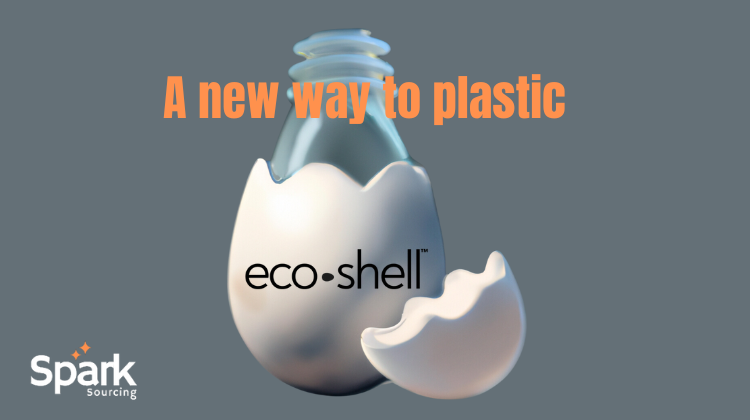

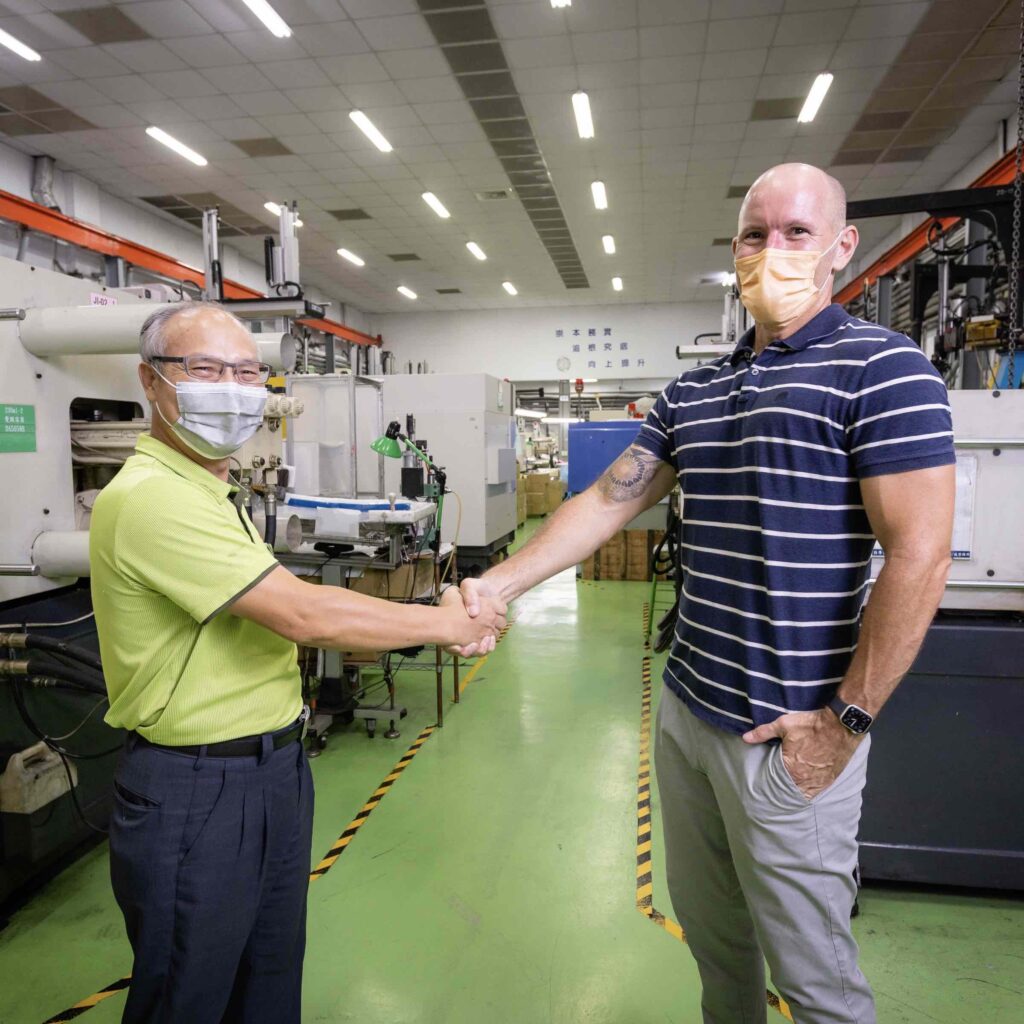
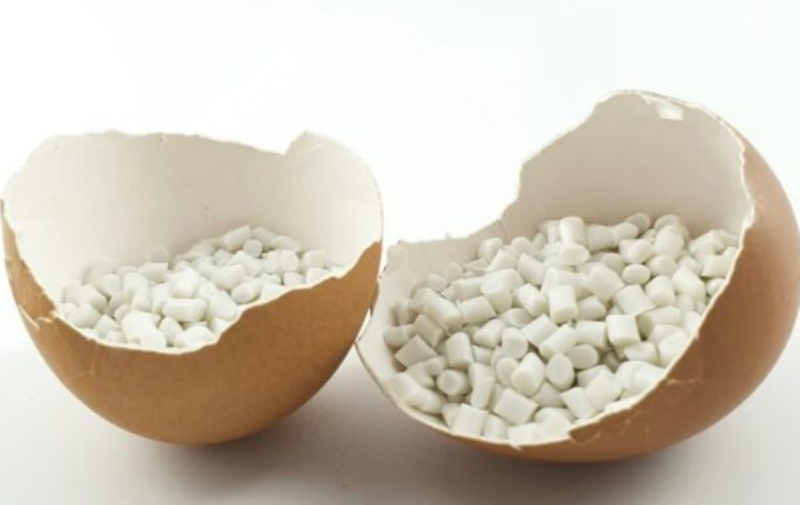
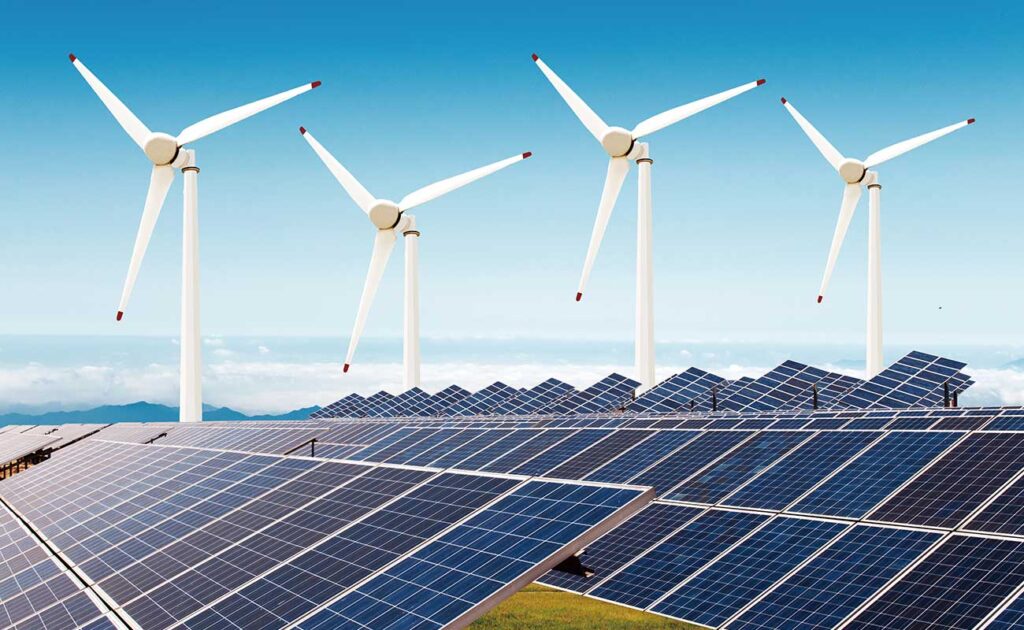



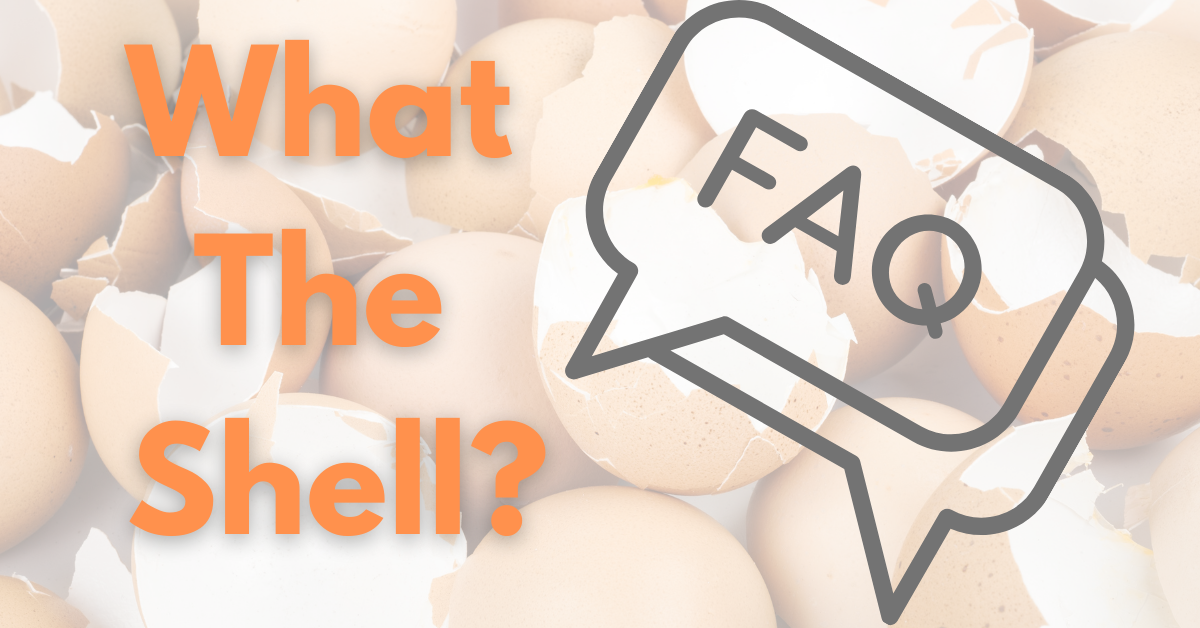

No Comments
Sorry, the comment form is closed at this time.